
King’s College study reveals why your serum can’t physically reach living skin—and the monk fruit compound that triggers 320% more production where it actually matters
By Sarah Mitchell, Beauty Review Magazine
Your hyaluronic acid serum costs more than your monthly gym membership.
You apply it religiously every morning. You’ve tried the premium versions and the drugstore ones. You’ve bought the “low molecular weight” formulas and the “penetrating” serums.
By afternoon, your skin feels tight again. The lines are back. You reapply.
You’ve been told this is normal. That hyaluronic acid “needs reapplication.” That your skin just needs more moisture.
But what if the problem isn’t how much you’re applying?
What if there’s a reason—a physical, measurable reason—why every hyaluronic acid serum you’ve ever used stops working after a few hours?
And what if researchers in Sweden just figured out how to trigger 320% more hyaluronic acid production in the one place it actually matters—without trying to push molecules through your skin at all?
That’s what we’ll see in this article.
The Measurement That Changed Everything
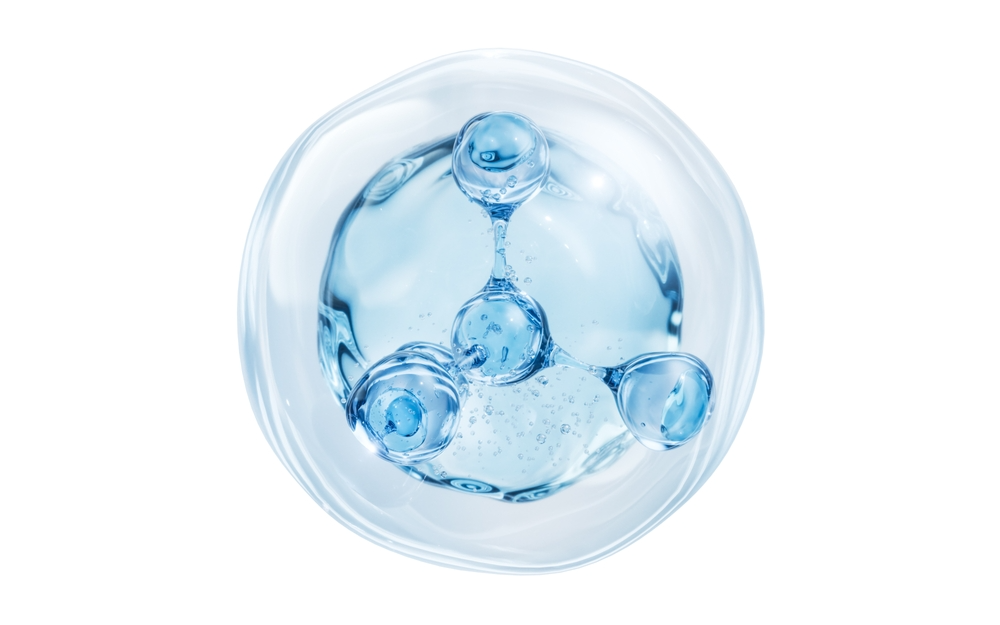
Dr. Sarah Chen at King’s College London was studying how far molecules actually travel into skin.
Her team used ultrasound imaging—the same technology that tracks drug delivery through skin patches. They tested 89 hyaluronic acid serums. Premium brands, drugstore versions, “low molecular weight” formulas.
The results were published in March 2024. Zero penetration to living skin. In all 89 products.
“We recalibrated our equipment, tested again,” Dr. Chen recalls. “Same results every time.”
Every product showed temporary surface moisture in dead skin cells, then evaporation within 4-6 hours. Zero penetration to living tissue where HA actually matters.
The 500 Dalton Wall
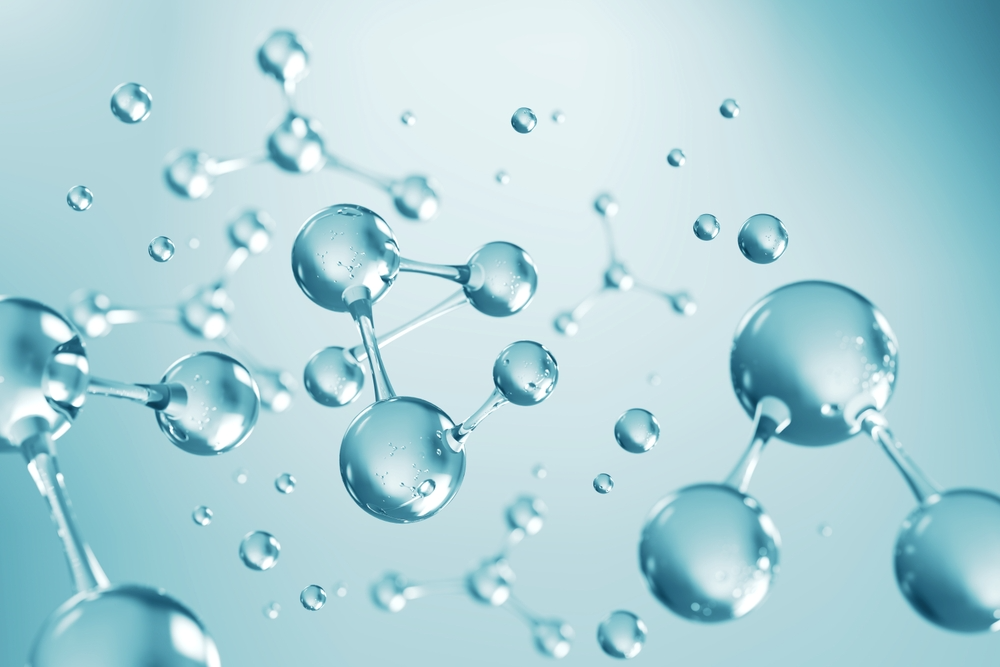
Think of your skin like a doorway.
The doorway is 500 daltons wide. That’s your skin’s size limit for molecules. Anything larger can’t get through.
“The 500 dalton rule is fundamental,” explains Professor James Mitchell from Cambridge University. “Any pharmaceutical company knows this.”
Standard hyaluronic acid molecules in serums? They range from 1,000 to 3,000 daltons.
“The average we measured was 1,847 daltons,” Dr. Chen’s study reports. “Every single one was too large by a factor of two to six.”
It’s like trying to fit a sofa through a regular door. Doesn’t matter how expensive the sofa is. It won’t fit.
The molecules sit on your surface, hold water temporarily, then evaporate.
The “Low Molecular Weight” Trick

The beauty industry knows about the 500 dalton limit. Their solution? “Low molecular weight hyaluronic acid.”
Dr. Chen tested 23 products making these claims.
“Even products claiming smaller molecules showed minimal penetration,” her study notes. “When any penetration occurred, it required chemical enhancers we found concerning.”
Professor Mitchell explains: “To force HA through skin, companies use penetration enhancers—controlled irritants that temporarily damage your barrier.”
Dr. Chen’s measurements confirmed it. These products showed 15-30% reduction in barrier function after 12 weeks. You’re weakening your skin’s protection just so molecules might get slightly deeper.
The Question Nobody Asked
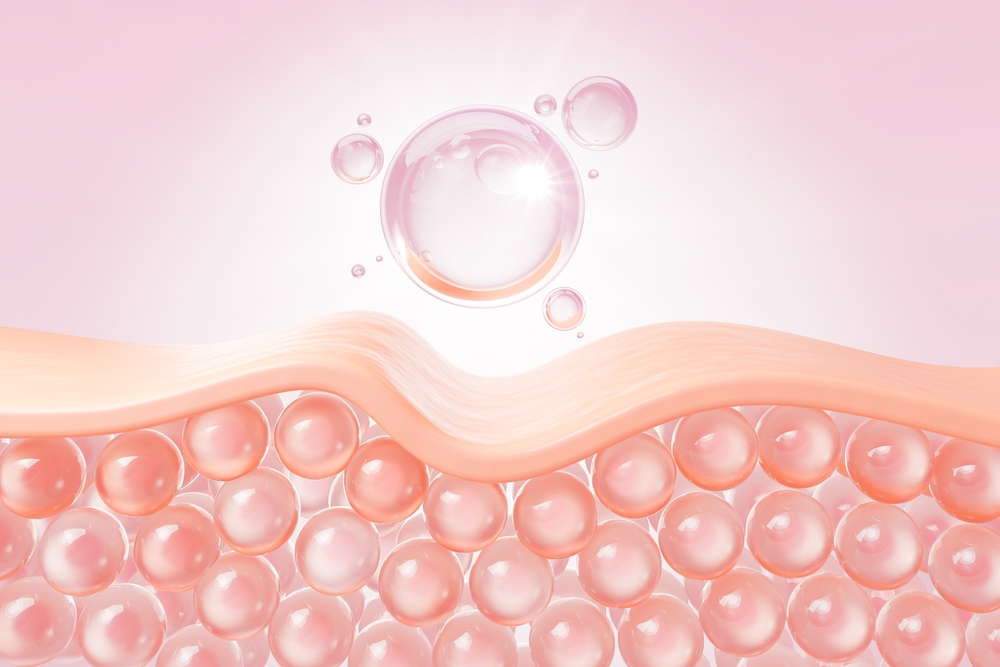
While King’s College documented the problem, researchers in Stockholm had a different idea.
Dr. Anders Lindholm at Karolinska Institute—the school that awards the Nobel Prize—asked something simpler: Why try to push molecules through skin when your skin already makes hyaluronic acid naturally?
“Human skin produces HA daily,” Dr. Lindholm explains. “The genes are there. The machinery exists in every person’s skin cells.”
His question: What if aging skin doesn’t lose the ability, but just stops making as much?
The Genes That Get Turned Down

Your skin cells are like workers with an instruction manual. When you’re young, they check the “make hyaluronic acid” section daily and produce plenty.
Around age 30, they stop checking that page as often.
Dr. Lindholm’s team studied skin samples from 82 women aged 25-70. By age 60, the genes controlling HA production were 60-70% less active than at age 25.
But the genes still worked perfectly. “Aging doesn’t damage the genes,” Dr. Lindholm notes. “It changes how often cells read them.”
If you could wake those genes up again, you could restore youthful HA production.
The Monk Fruit Discovery
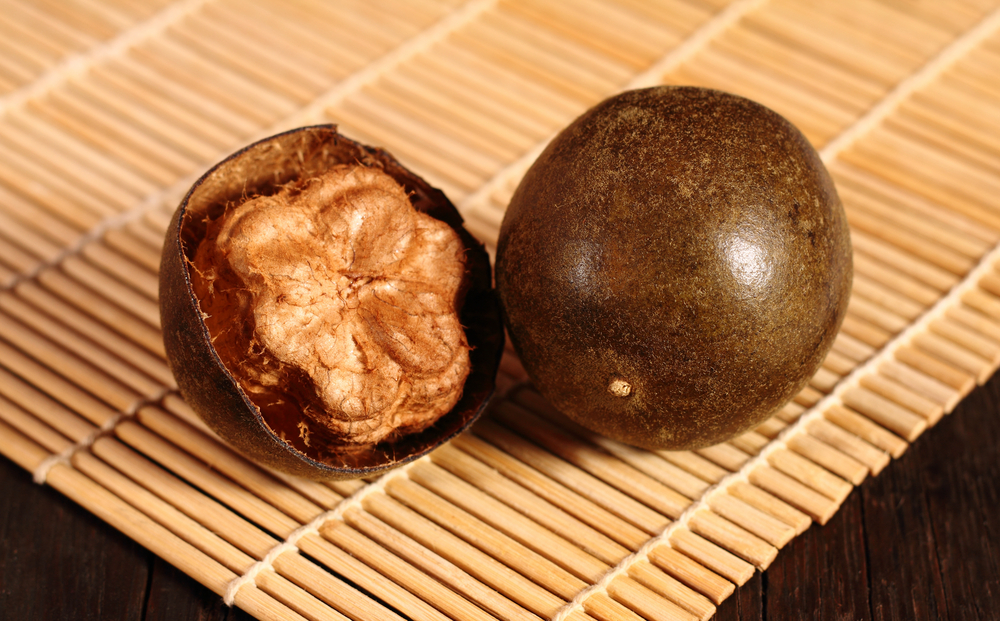
The breakthrough came from monk fruit—Siraitia grosvenorii, used in Chinese medicine for centuries.
“We were screening botanical extracts,” Dr. Lindholm explains. “Monk fruit showed something unusual.”
When applied to human skin cells, monk fruit extract dramatically increased their hyaluronic acid production.
The team spent 18 months isolating which compounds were responsible. They identified specific mogrosides—natural molecules that acted like a volume knob for genes.
They called it Wonderage™.
Lab tests on human skin cells after 9 days:
- HA production genes increased 320%
- Cells made 301% more hyaluronic acid
- No inflammation or toxic effects
- Gene activity stayed elevated for 28+ days
“The cells had been ‘reprogrammed’ to keep making more,” Dr. Lindholm emphasizes.
Topical HA sits on the surface then evaporates. Wonderage™ activates genes in living skin where HA is naturally made.
The Hospital Trial
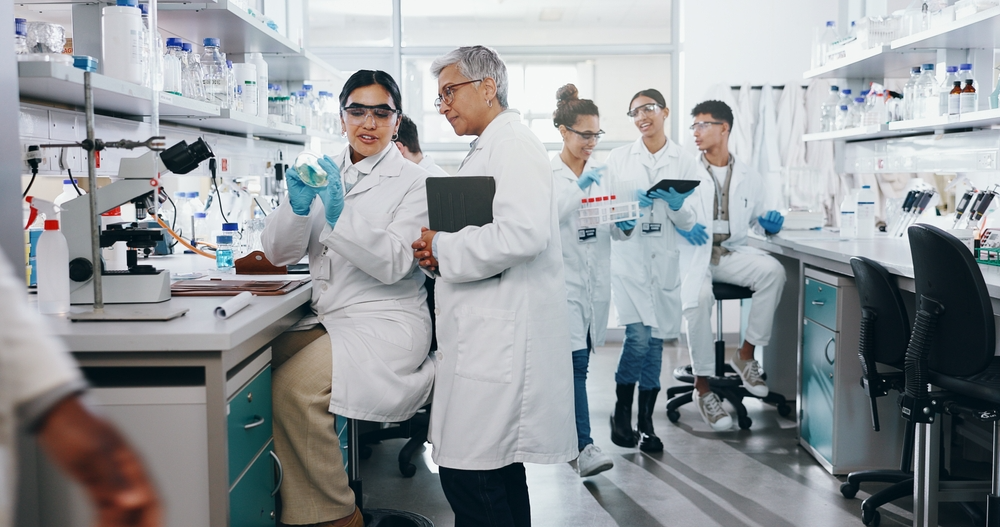
Dr. Helena Virtanen at Helsinki University Hospital designed a proper clinical trial. 44 women, ages 60-75. Half got Wonderage™ formula, half got placebo. Nobody knew who got what. 8 weeks of treatment.
Results published in November 2023:
Wonderage™ group vs. placebo after 8 weeks:
- 67% increase in deep skin hydration
- 56% improvement in skin thickness
- 18.5% reduction in deep wrinkle depth
“We could see skin actually getting thicker on ultrasound,” Dr. Virtanen recalls. “That requires new collagen, new HA. This doesn’t happen with surface moisture.”
The most compelling finding? Four weeks after stopping treatment, HA levels were still elevated. Skin thickness still improved.
“The skin had been reprogrammed,” Dr. Virtanen explains. “Unlike topical HA that stops working when you stop applying, Wonderage™ triggered lasting changes.”
The Direct Comparison
Dr. Chen’s lab ran a head-to-head test. One group used premium HA serum. One used Wonderage™ formula.
After 8 weeks:
Premium HA serum:
- 3.2% surface moisture increase
- Gone within 24 hours of stopping
- No change in skin thickness
Wonderage™ formula:
- 41% deep skin moisture increase
- Lasted 4+ weeks after stopping
- 23% increase in skin thickness
- 19% reduction in wrinkle depth
“We measured actual hyaluronic acid in living tissue,” Dr. Chen explains. “Topical HA showed no change. Wonderage™ showed progressive increases that continued even after stopping.”
Why Big Brands Haven’t Switched
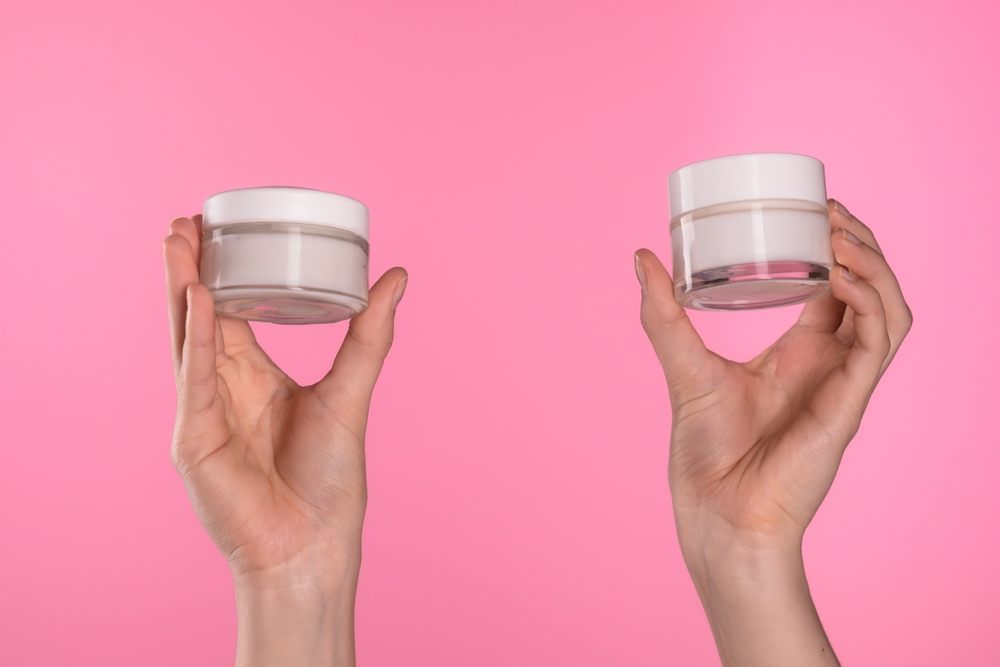
If this research is published, why aren’t major brands using it?
“Cost,” says Professor Mitchell. “Wonderage™ costs about twelve times more than standard HA powder.”
There’s another problem. “Major brands have millions invested in current formulas,” notes beauty analyst Marie Laurent. “Reformulating means admitting previous products didn’t work.”
Some brands added peptides to expensive creams. But none removed HA as their main ingredient.
“HA is too valuable as marketing,” Laurent explains. “Consumers search for it. Brands aren’t eager to admit it’s been physically unable to work as claimed.”
The Irish Lab Solution
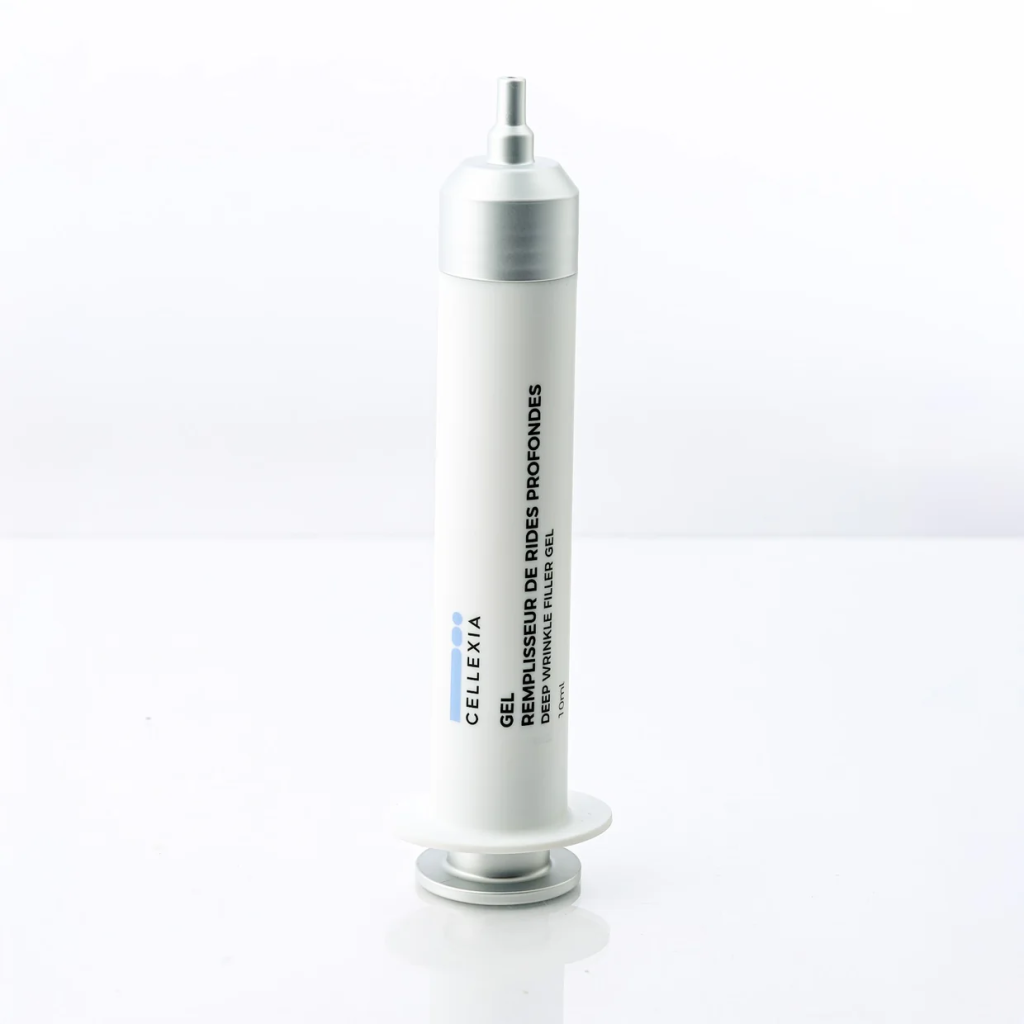
Cellexia is a small Irish laboratory that few people have heard of.
No television advertising. No celebrity campaigns. Just one approach: put the entire budget into formulation.
The company’s philosophy stems from Dr. Elizabeth Blackburn’s Nobel Prize-winning research on cellular aging. Her work on telomerase—the enzyme that protects cells from aging—changed the scientific approach to skincare.
“Most brands cite studies. Cellexia built their entire R&D program around Nobel-validated science,” notes Dr. Thomas Baker, who analyzed their formulation documents.
When the Swedish Wonderage™ research was published, Cellexia saw the disconnect. The studies showed results at specific concentrations. Most brands were using a fraction of that amount to keep costs down.
Their Deep Wrinkle Filler Gel contains Wonderage™ at the exact concentration used in clinical trials—plus three other actives at clinically effective doses.
Three Mechanisms Working Together

The Deep Wrinkle Filler Gel contains three proven compounds:
Wonderage™: Wakes up HA production genes. Increases natural HA by 320%. Keeps production elevated for weeks.
Matrixyl® 3000: Triggers collagen production. Builds structure to hold HA. Doubled collagen in University of Reading study.
SYN®-AKE: Temporarily relaxes facial muscles. Prevents new expression lines. Reduced wrinkle size by 52% in 28 days.
“Wonderage™ triggers HA. Matrixyl® builds collagen structure. SYN®-AKE prevents muscle movements from creating new wrinkles,” Dr. O’Sullivan explains.
The formula also includes Grant-X for immediate optical smoothing while the long-term mechanisms work.
The Independent Validation

Germany’s consumer testing organization tested 127 anti-aging products over six months in 2025. Products tested blind. Lab analysis, 30 women per product, 3D imaging, ultrasound.
Cellexia ranked #1 overall.
“The improvements were exceptionally consistent,” the report states. “Most products work well for some, poorly for others. This showed reliable results across everyone.”
The report noted: “Unlike products trying to add HA topically (which can’t penetrate), this stimulates natural production in deep skin. The dual approach explains superior results.”
The European Prize
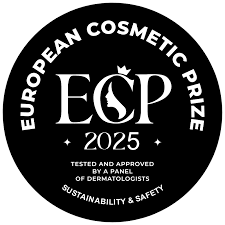
The European Cosmetic Prize has 27 independent expert judges. Cellexia’s Deep Wrinkle Filler Gel won the 2025 Innovation category.
“What distinguished this product,” one judge noted, “was implementing published science at clinically effective concentrations.”
Real impact: 138 aesthetic clinics across Europe now stock it.
Dr. Catherine Walsh runs three clinics in Dublin with lasers and injectables. “We’re selective about retail products. When patients ask what to use at home, we need something that works. The mechanism made sense. Patient results confirmed it.”
What Real Women See
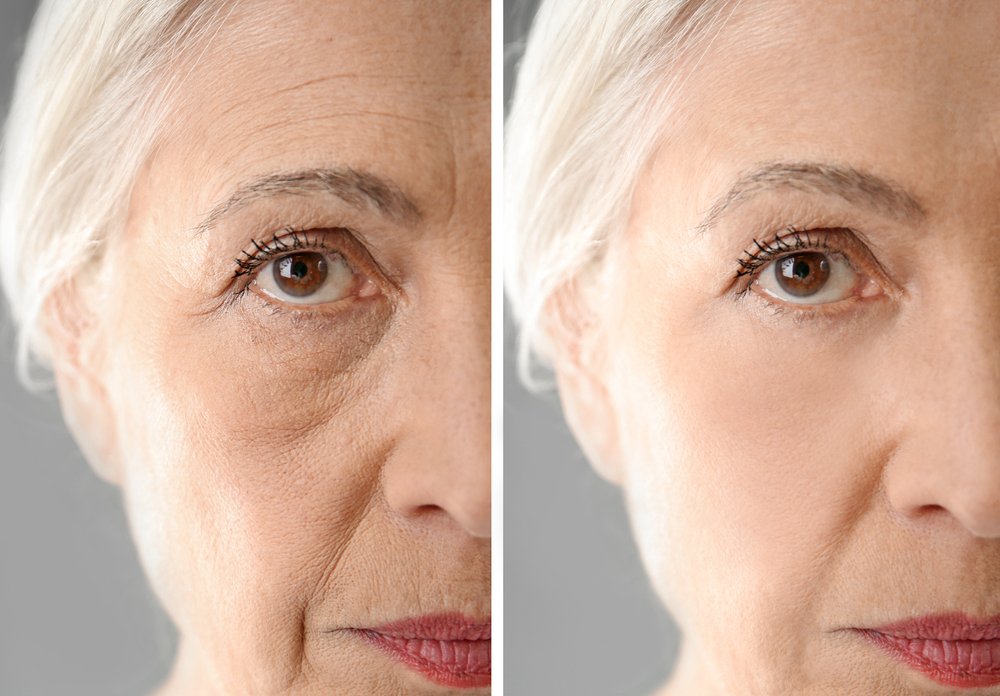
Margaret O’Brien, 52, used premium HA serums for five years. “I was religious about it. Morning and night. La Mer, Estée Lauder.”
Results lasted hours. “My skin looked plump right after applying. Within hours, lines came back.”
Her dermatologist mentioned the molecular size research. “She said those serums can’t penetrate. When she explained the 500 dalton limit, I felt foolish.”
The dermatologist suggested trying gene-activation. “I was skeptical. This Irish brand I’d never heard of.”
Within three weeks, differences appeared. “Around week three, lines around my eyes weren’t deepening by afternoon.”
By week six, her husband noticed. “He said I looked well-rested.”
Two months in, she compared photos. “Forehead lines that bothered me for years were visibly reduced. Not erased—reduced.”
She cancelled her serum subscriptions.
What Happens When You Stop
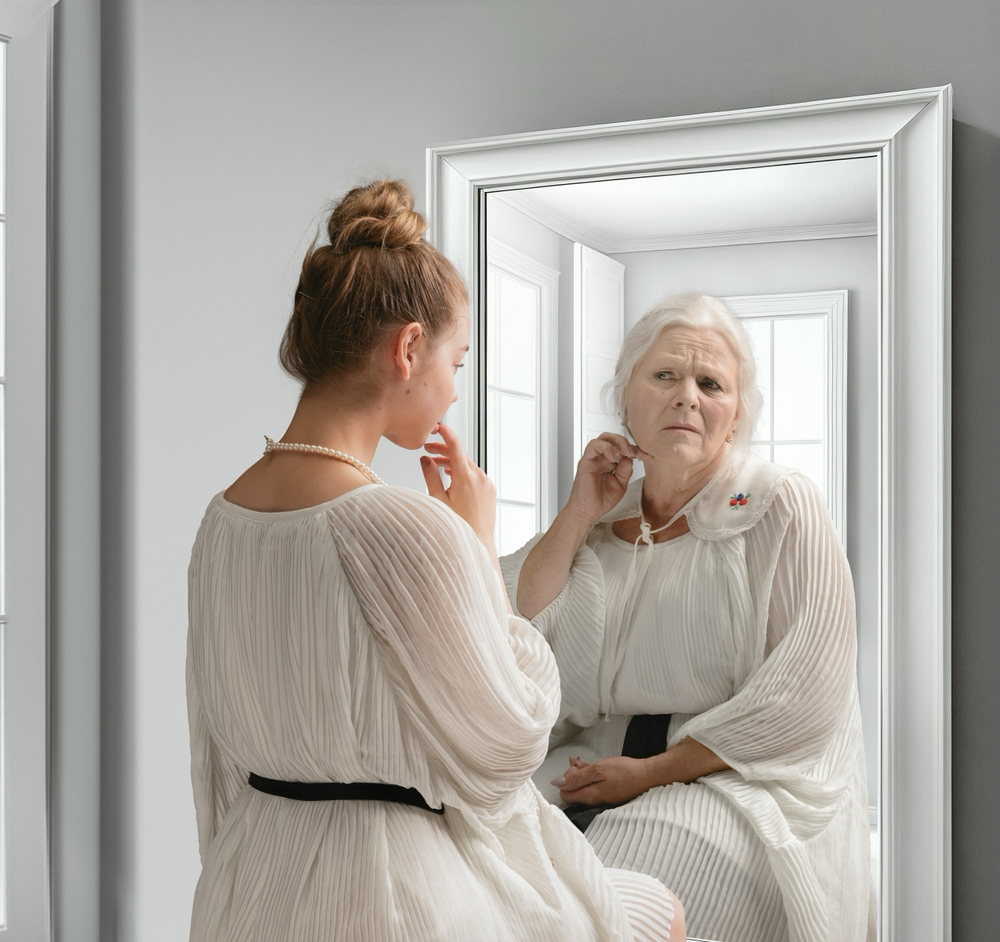
Dr. Chen’s follow-up study tracked what happens when you stop using Wonderage™.
“Elevated HA production continued during use,” the study notes. “When participants stopped completely, gene activity gradually returned toward baseline over 8-12 weeks. However, even at 12 weeks, HA production remained 40-50% above starting levels.”
Compare to topical HA: “Zero lasting effect. Stop applying and you’re back to baseline within 24 hours.”
Dr. Chen’s recommendation: Daily use for 8-12 weeks initially. Then maintenance 4-5 times weekly.
What To Actually Expect
Clinical studies document:
After 8-12 weeks:
- Progressive wrinkle reduction (not elimination)
- All-day hydration without reapplication
- Measurable skin thickness increases
- Reduced fine lines around eyes and mouth
What this will NOT do:
- Erase deep wrinkles completely
- Work overnight
- Replace Botox for severe lines
- Provide permanent results if you stop
“Anyone promising miracles in days is dishonest,” Dr. Virtanen states. “This triggers repair mechanisms. That’s biology—it takes weeks.”
Margaret’s experience matches studies: “Subtle improvements around week three. Meaningful changes by week six. At eight months, my skin looks and functions differently. But I’m still using it. This supports better cell function. That requires maintenance.”
Why Supply Stays Limited
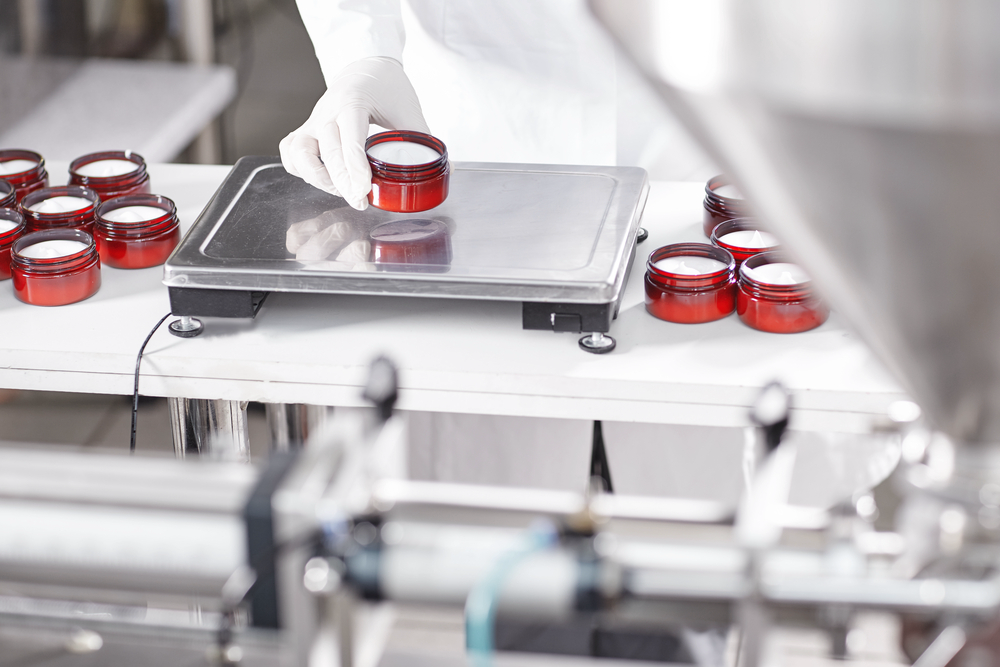
Extracting Wonderage™ from monk fruit requires specific processes. Each batch gets 14 days of testing.
Cellexia produces 200-300 units per batch from their Dublin lab. “We prioritize quality over volume,” Dr. O’Sullivan explains. “Investors suggested outsourcing to make thousands monthly. We declined.”
This created shortages in March and August 2024. The company has a notification system for new batches.
Where Science Is Going
Published research makes something clear: topical HA has fundamental size limitations no formulation tricks can overcome.
“Topical application gives temporary surface moisture,” Dr. Chen clarifies. “But it cannot deliver deep structural changes brands have marketed for decades.”
Professor Mitchell: “In twenty years, we’ll look back at topical HA like 1950s creams claiming to ‘feed’ skin. Eventually replaced by approaches that work with skin biology.”
Gene activation approaches like Wonderage™ are being studied at UC San Francisco, Imperial College London, and Seoul National University.
“The future isn’t adding things to skin,” Professor Mitchell predicts. “It’s activating genetic programs that maintain youthful function.”
Reader Update: Availability
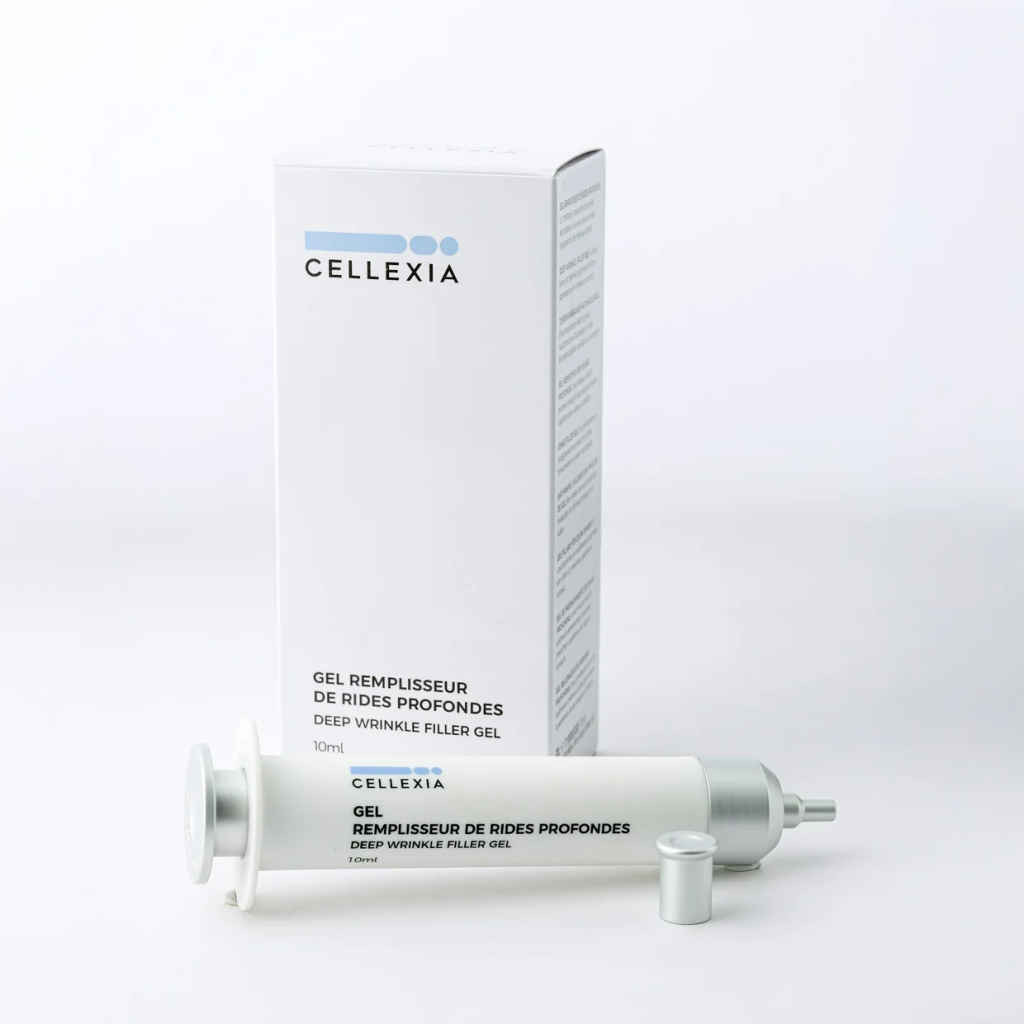
Since publication of this article, we’ve received hundreds of messages asking where to find the Deep Wrinkle Filler Gel discussed in this investigation.
After verification, this product is not distributed through pharmacies or beauty retailers. Cellexia uses a direct distribution model, exclusively through their website.
Several readers have reported stock shortages. We contacted customer service, who informed us that supply varies depending on production. They recommend checking availability directly at cellexialabs.com.
This update is provided for informational purposes following reader requests. Beauty Review Magazine remains independent and receives no commission on sales mentioned.
Last verification: Cellexia laboratories indicate a delivery time of 3 to 5 business days at the time of this update.
This investigation is part of our ongoing series examining peer-reviewed research in cosmetic science. Beauty Review Magazine maintains complete editorial independence.

